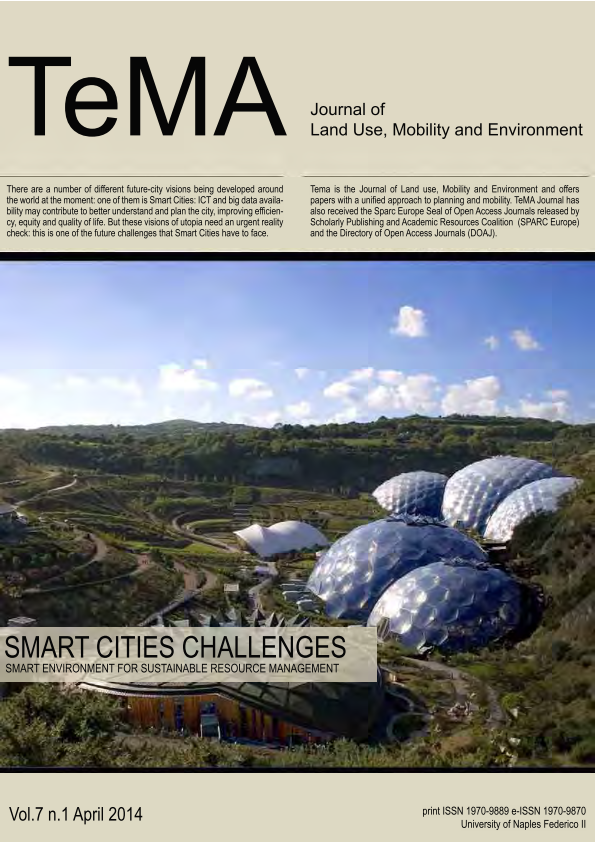Introduction
Cities origin can be traced back to the river valley civilizations of Mesopotamia, Egypt, Indus Valley and China. Initially these settlements were largely dependent upon agriculture, however with the growth of population the city size increased and the economic activity transformed to trading. The process of urbanisation gained impetus with industrial revolution 200 years ago and accelerated with globalization in 1990’s.
Urbanisation refers to the growth of the towns and cities due to large proportion of the population living in urban areas and its suburbs at the expense of its rural areas. In most of the countries the total population living in the urban regions has extensively accelerated since the Second World War. Current global population is 7,057,075,000 billion (Population Reference Bureau, 2005; United Nations, 2011). The rapid urbanization of the world’s population over the 20th century is evident (Revision of the UN World Urbanization Prospects report, 2005) from the dramatic increase in global urban population from 13% (220 million, in 1900), to 29% (732 million, in 1950), to 49% (3.2 billion, in 2005) and is expected to increase to 60% (4.9 billion) by 2030 (Ramachandra and Kumar, 2008; Ramachandra et. al., 2012) and 9.6 billion in 2050 (United Nations, 2011). Urban population has been increasing three times faster than the rural population, mainly due to migration in most parts of the world (Girardet 1996; Massey et. al., 1999). People migrate to urban areas with the hope of a better living, considering relatively better infrastructural facilities (education, recreation, health centres, banking, transport and communication), and higher per capita income. However, rapid unplanned urbanization has led to serious problems in urban areas due to higher pollution (air, water, noise) inequitable distribution of natural traffic congestion, development of shanty towns and slums, unemployment, increased reliance on fossil fuels, and uncontrolled outgrowth or sprawl in the periphery.
The direct implication of such urbanisation is the change in land use and land cover of the region. Urban ecosystems are the consequence of the intrinsic nature of humans as social beings to live together (Sudhira,et al., 2003). The process of urbanisation contributed by infrastructure initiatives and consequent population growth and migration results in the growth of villages into towns, towns into cities and cities into metros. However, in such a phenomenon for ecologically feasible development, planning requires an understanding of the growth dynamics. Nevertheless, in most cases there are lot of inadequacies to ascertain the nature of uncontrolled progression of urban sprawls.
Urban sprawl refers to the dispersed development along highways or surrounding the city and in rural countryside with implications such as loss of agricultural land, open space and ecologically sensitive habitats. Sprawl is thus a pattern and pace of land use in which the rate of land consumed for urban purposes exceeds the rate of population growth resulting in an inefficient and consumptive use of land and its associated resources. This phenomenon is characterized by an unplanned and uneven pattern of growth, driven by multitude of processes evident from lack of basic amenities. Urban sprawl is thus a term often used variously to mean the gluttonous use of land, uninterrupted monotonous development, leapfrog discontinuous development and inefficient use of land that are influenced by a myriad of factors, including land features, infrastructure, policies, and individual characteristics. This is characterised by low levels of some combination of eight distinct dimensions such as density, continuity, concentration, clustering, centrality, nuclearity, mixed uses and proximity (Sudhira, et al., 2004; Ramachandra, et al., 2012a).
Process of urbanisation bring the development of a region (Verzosa and Gonzalez, 2010), which could be planned (in the form of townships) or unplanned (organic). Unplanned urbanization leads to the haphazard or irregular growth with the loss of green spaces and water bodies. Dispersed urban growth without proper infrastructure and basic amenities is often referred as sprawl (Yeh and Li, 2001; Sudhira et al., 2004; Verzosa and Gonzalez, 2010, Bharath H A et al., 2012, Bharath S et al., 2012) and this phenomenon is widespread in developing countries (Bhatta et al., 2010a; 2010b). Implications of sprawl are excess demand on natural resources, improper allocation of basic amenities and infrastructure, (Ramachandra et al., 2012b), deteriorating water quality, an increased potential for harboring disease vectors, etc. Large scale land use and land cover (LULC) changes, such as the loss of forests to meet the urban demands of fuel and land (Ramachandra and Kumar, 2009) has led to the changes in the ecosystem structure, impacting its functioning and thereby threatening sustainable development (Yeh and Li, 1999; Ji et al., 2001; Chen et al., 2005; Xiao et al., 2006; Liu et al., 2007; Ramachandra et al., 2013).
Urban expansion is one of the most direct forms of land use change, and refers specifically to changes in land use patterns and urban space distribution resulting from the social and economic pressures (Pathan et al. 1989, 1991; Gillies et al., 2003; Alphan et al., 2009; Bhatta 2009; Ramachandra and Bharath, 2012a). Land cover changes involving the disappearance of ecologically vital natural systems is the major concern in developing countries (Taubenbock, 2009; Ramachandra et al., 2012a). This has necessitated the understanding of spatial patterns of urbanisation and quantification of changes. Several earlier studies have addressed issues relating to urbanisation in relation to energy, land use and climate (Roth et. al., 1989; Grimm et. al, 2000; Voogt and Oke, 2003; Bharath H. A et al., 2012, Vinay et al., 2012).
Analysis of the urbanisation process and provision of appropriate management strategies requires monitoring of the spatial extent of urbanisation with the location (Kong et. al., 2012). Availability of temporal data through space borne sensors with geographic information system (GIS)has aided in the understanding of spatial patterns and visualization of urbanization with environmental implications (Clapman, 2003; Sutton, 2003; Gillie s et al., 2003; Martinuzzi et. al., 2007; Yang et al., 2003; Lopez et al., 2001; Ramachandra et al., 2012b). Remote sensing data provides a birds-eye view of urban land-use changes at regular intervals. Geographic information system (GIS) enables spatial analysis of temporal data, which aid in understanding land use dynamics. Land use (LU) indicates the socio-economic use of land (for example, agriculture, forestry, recreation or residential use), which implies the purpose for which land is employed (Codjoe, 2004) or activities humans undertake inducing a change or maintain it (Di Gregorio and Jansen, 1997; Jansen and Di Gregorio, 1998; Codjoe, 2004).
The spatial patterns elucidate the heterogeneity and complexity of the urban patches in the landscape (Uuemaa et al., 2009) that can be measured using spatial metrics that help in quantifying and monitoring the urban growth (Sudhira et al., 2003; Ramachandra and Bharath., 2012b; Ramachandra et al.,2012a).Landscape structure is a prime factor in analysing the pattern and effects the various natural processes (Molles, 2006), which is determined by size, shape, composition of land use patches within the landscape. The analysis of structure of the landscape is essential to understand the implications of land use changes. In this regard, spatial metrics with a robust mathematical framework help to understand and quantify the spatial patterns of urbanisation (Gustafson, 1998; Sudhira et al., 2004; Herold et al., 2003; Uuemaa et al., 2009; Bharath H.A et al., 2012). Spatial metrics can be computed using Fragstats and Patch Analyst. Fragstats is designed to compute a wide variety of spatial metrics to understand landscape dynamics (McGarigal and Marks, 1995). India has been experiencing urbanisation subsequent to globalisation and opening Indian markets during 1990’s. Pune city is the eighth populated Indian city with higher economic growth, industrial development and IT sectors has been experiencing rampant land use changes. However, unplanned urbanisation in most cities in India including Pune has enhanced the environmental concerns in recent years (Bhaskar, 2012). Pune city with sprawl is facing lack of infrastructure and basic amenities such as sanitation, housing, improper drainages, transportation, etc. (Desai et al., 2009). This has necessitated the analysis of spatio temporal patterns of urbanisation for implementing appropriate policy measures to mitigate environmental consequences. The focus of the current paper is to understand the spatial patterns of urbanisation through (I) the analysis of land use dynamics, (ii) investigation of sprawl through Shannon’s entropy and (iii) patterns of urbanisation through spatial metrics using gradient and zonal approach.



